Optimal Timing for Carpentry Framings
Carpentry framings are a critical phase in construction projects, requiring precise timing to ensure structural integrity and project efficiency. The optimal timing depends on various factors including weather conditions, project schedules, and material availability.
Dry and mild weather conditions are ideal for carpentry framings to prevent delays and material warping.
Aligning framing with other construction phases ensures smooth workflow and minimizes downtime.
Timing framing when materials are readily available reduces project delays and cost overruns.
Spring and early summer often provide the best conditions for framing due to stable weather patterns.
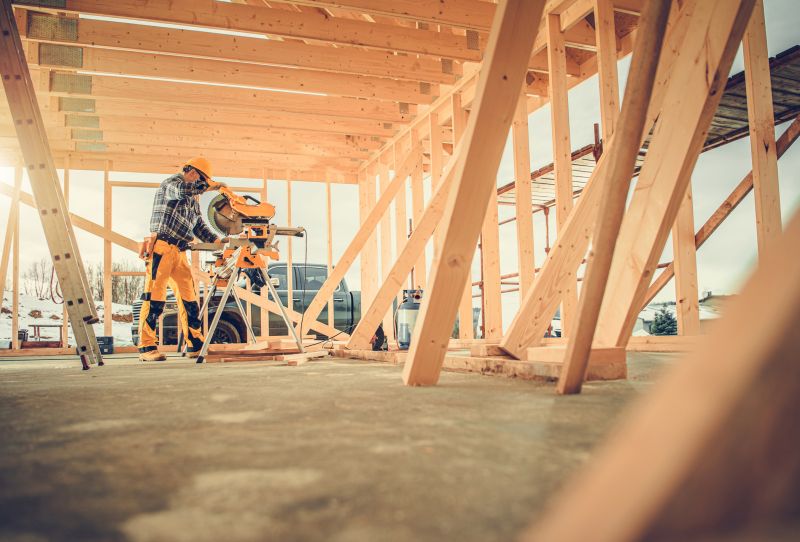
Ideal for moderate weather, reducing risks of delays.
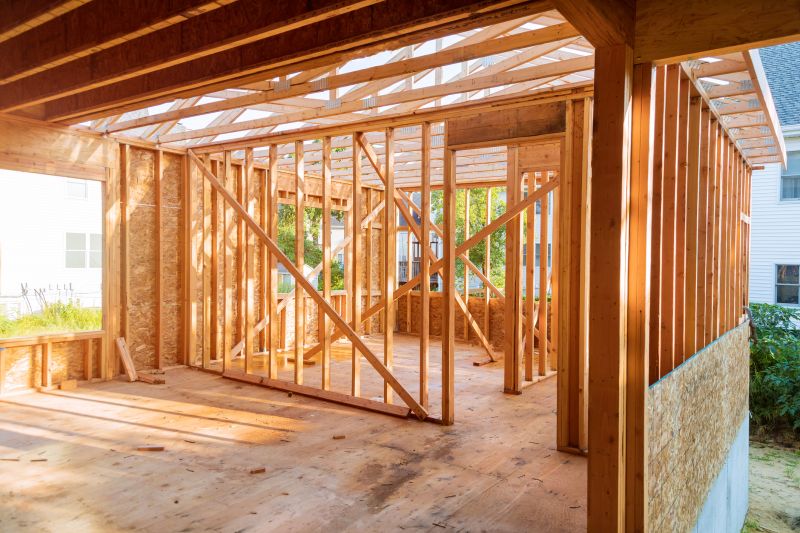
Longer daylight hours facilitate progress, but beware of extreme heat.

Suitable if weather remains dry, but preparation for winter is essential.
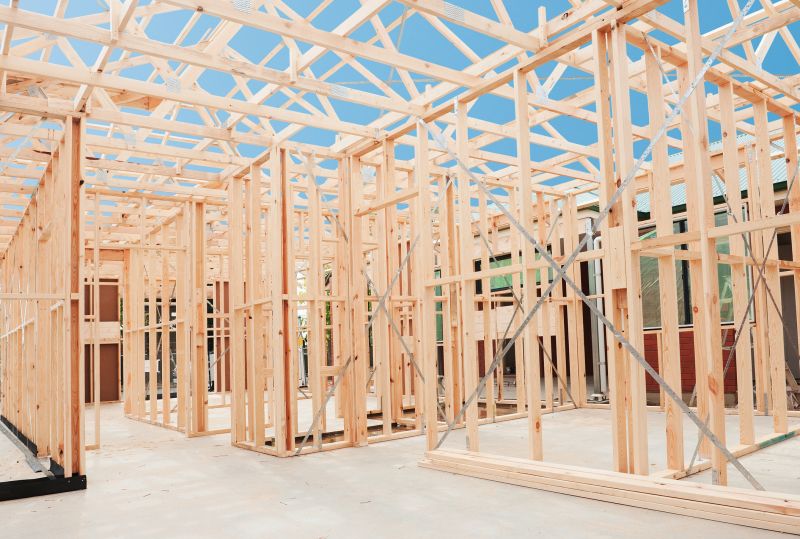
Typically avoided due to cold, snow, and ice affecting work quality.
Carpentry framings involve constructing the skeletal framework of buildings, including walls, floors, and roofs. Accurate framing is essential for structural stability and alignment. Modern techniques and tools have increased the precision and efficiency of framing processes, reducing waste and improving safety standards.
Rain, snow, and high humidity can compromise materials and delay work.
Scheduling framing during favorable seasons enhances productivity and quality.
Proper timing ensures materials are stored correctly and used at optimal moisture levels.
Aligning framing with plumbing, electrical, and finishing trades prevents conflicts and rework.

Showcasing a construction site with active framing work.
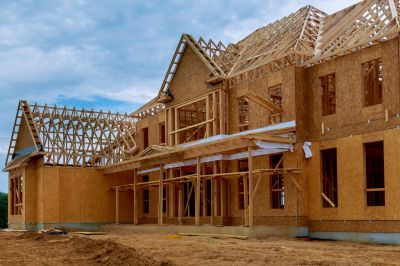
Prefabricated elements ready for quick assembly.
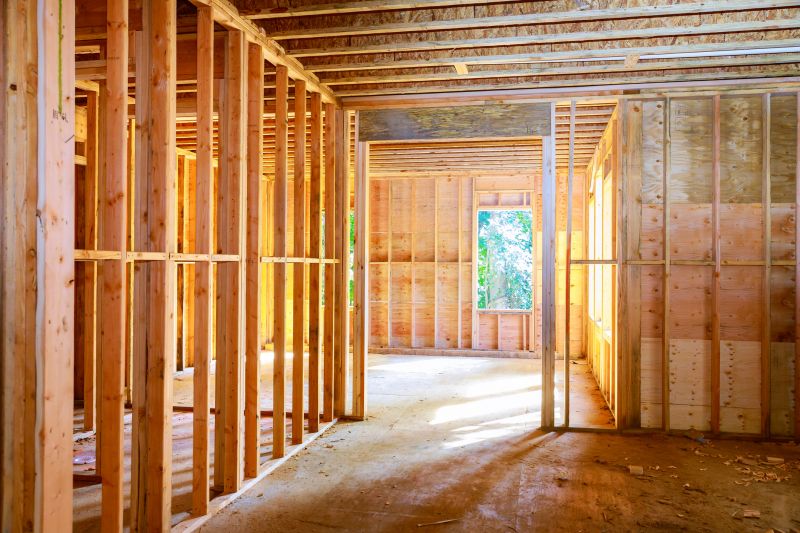
Close-up of wall framing with precise measurements.
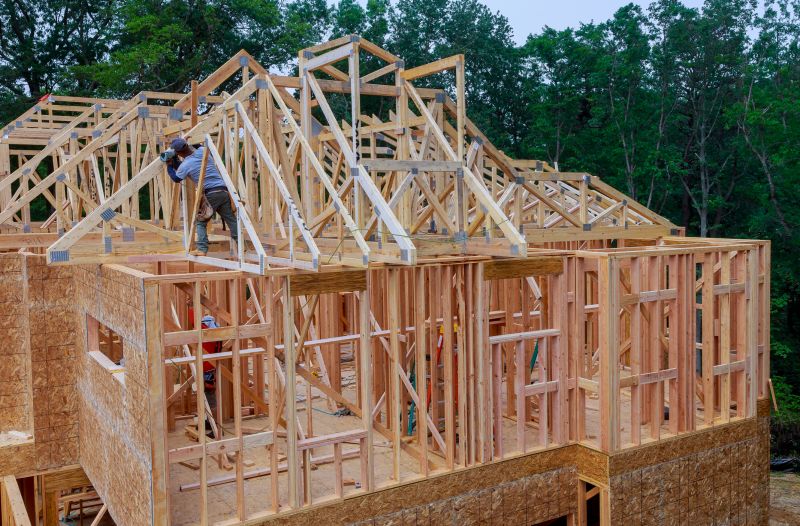
Timber roof trusses being installed.

Modern tools used in framing processes.

Workers equipped with safety gear during framing.

Completed framing ready for finishing work.
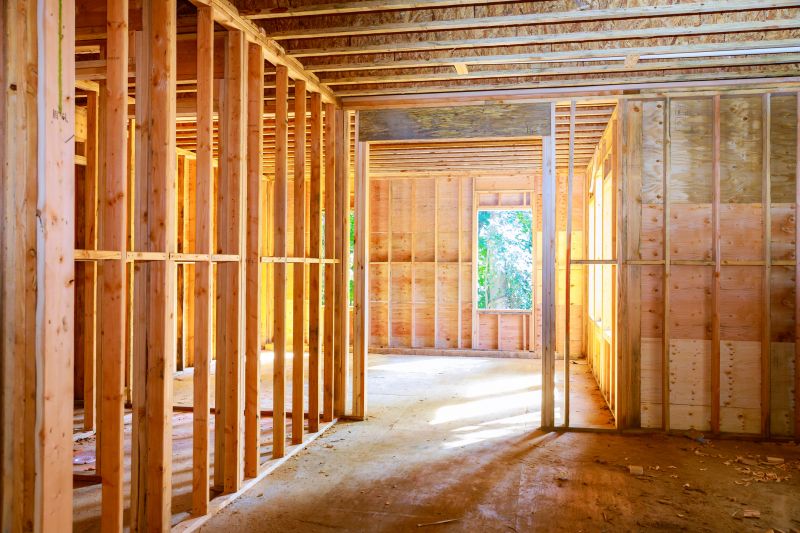
Stacked timber ready for framing projects.
| Season | Advantages |
|---|---|
| Spring | Optimal weather, longer daylight hours, lower humidity. |
| Summer | Extended working hours, good drying conditions. |
| Autumn | Mild temperatures, fewer weather disruptions. |
| Winter | Generally avoided due to cold, snow, and ice. |
| Late Spring/Early Summer | Ideal for large projects with minimal weather delays. |
| Late Autumn | Challenging due to unpredictable weather, unless climate is mild. |
Selecting the right time for carpentry framings can significantly influence project outcomes. Proper planning based on seasonal weather patterns, material readiness, and coordination with other construction phases ensures efficiency and quality. Monitoring weather forecasts and scheduling accordingly helps mitigate delays and material issues.
Interested in scheduling carpentry framings at the optimal time? Filling out the contact form can facilitate planning and coordination for upcoming projects, ensuring timely and efficient construction processes.
